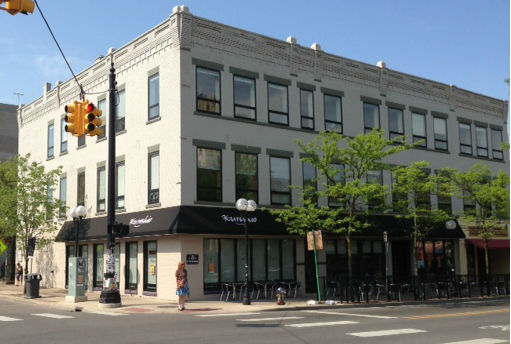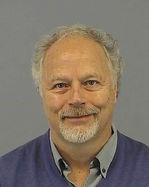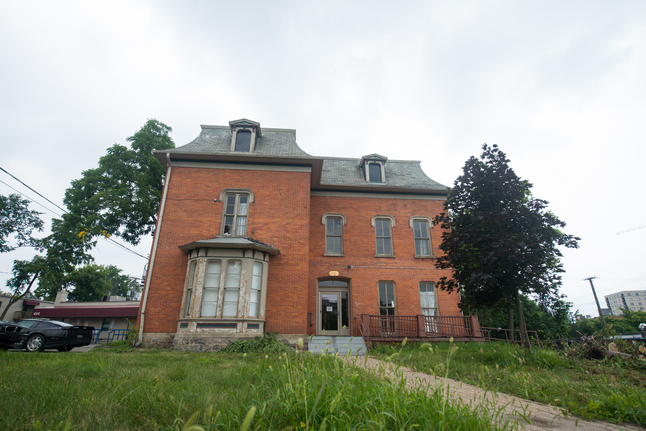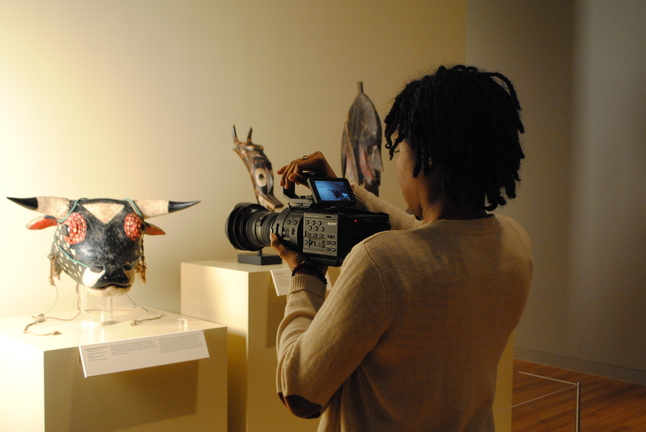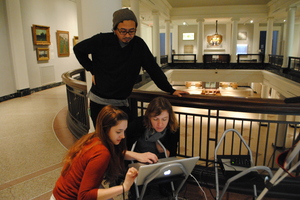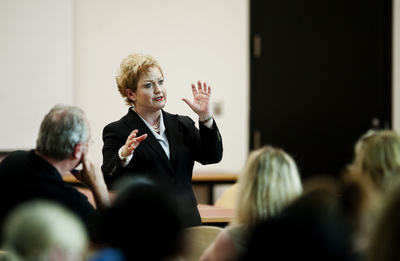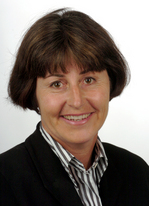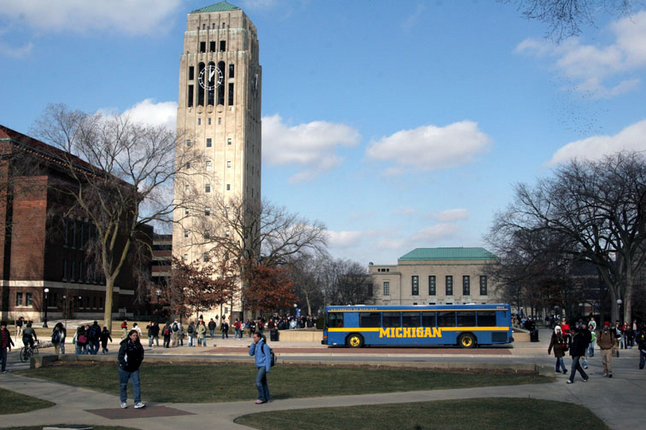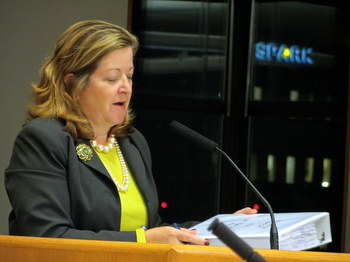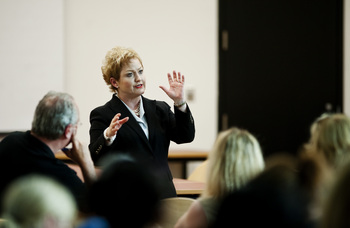![Falkner_building.JPG]()
Psychologist David Falkner has an office in the Pretzel Bell Building in downtown Ann Arbor. He's accused of having sex with a female patient in the office and billing her for the sessions.
John Counts | AnnArbor.com
The trial of an Ann Arbor psychologist whose former female patient told police he billed her for sessions at which they drank wine and had sex has been delayed while the state reviews his health care license.
David Falkner, 60, faces four counts of fourth-degree criminal sexual conduct in the case and now his health care license is being review by Licensing and Regulatory Affairs, his attorney John Shea said.
Shea requested this week and was granted a delay for the trial — which was set for next week — at a hearing in the Washtenaw County Trial Court. Neither Assistant Prosecutor Robyn Liddell nor Judge Darlene O'Brien objected to the adjournment.
O'Brien set a new trial date of Nov. 18 and a final pretrial hearing date of Oct 21.
Falkner is in the middle of the license review, and adjourning the trial would make dealing with the two proceedings easier and more efficient for the defense, Shea said.
The state agency could respond in a range of ways, from finding that nothing inappropriate occurred between the married Falkner and the 44-year-old female patient with whom he had an affair to stripping him of his license.
At Monday's hearing, Liddell stated a plea offer is on the table: If Falkner pleaded guilty to two of the counts, the prosecution would dismiss the other two. There was no indication Falkner is considering the deal.
In a statement to AnnArbor.com, Shea wrote that the police report is incomplete in certain regards.
"We have a significantly different perspective on what happened and why, and the materials contained in the police investigation are incomplete in some important respects, both of which have made the pending case difficult to resolve," the statement reads.
Falkner's relationship with the woman began in August 2011 when the woman came seeking treatment from Falkner for problems with her marriage, according to documents obtained by AnnArbor.com via the Freedom of Information Act.
![David_Vernon_Falkner.jpg]()
David Falkner
Courtesy of WCSO
The documents — including a police report and a letter the woman wrote to the
Michigan Department of Licensing and Regulatory Affairs — chronicle a whirlwind romance that ended when the woman went to police because she thought Falkner was taking advantage of her.
The Washtenaw County Prosecutor’s Office subsequently authorized the four criminal counts, which are each punishable by up to two years in prison.
“I gave him the blueprint how he could manipulate me,” the woman told police. “I was completely honest with him
and he knew where (my) weaknesses were and knew how to exploit me.”
First contact
The woman told police she started looking around for a psychologist in July 2011 to address "relationship issues."
“I sought therapy for difficulties I was experiencing in my marriage, as well as some concerns about my career,” the woman wrote in a letter to the state licensing board.
She came across Falkner and chose him because he was listed on the website of the magazine “Psychology Today” and also accepted her insurance. Falkner's profile on that website has since been removed.
Falkner had a distinguished background. He had been a school psychologist with the Ann Arbor Public Schools for 25 years before going into private practice after retirement. He told police he worked with a wide variety of clients including children, University of Michigan students and adults at his office in the Pretzel Bell Building at 120 E. Liberty St. in downtown Ann Arbor.
“Things were fine at first,” the woman told police. “He went through my background (and) current issues. They were normal therapy sessions. We discussed issues and concerns.”
The woman said during this time Falkner shared general things about himself: He was married, had kids, loved sailing and was a fan of jazz. By November, though, Falkner was disclosing even more personal information to the woman.
“I thought it was significant,” the woman told police, adding that she initially thought it was a way of building trust in the therapy sessions.
“In December and January, his disclosures became more frequent,” the woman said to the detective. “
The tone at the beginning and end of sessions (was) more conversational.”
They had also started exchanging emails. When the woman came down with a case of laryngitis, she sent Falkner an email saying she wouldn’t be able to talk much at their next session and asked him if he’d be willing to answer “196 questions” she had for him about his disclosures.
Falkner said he would.
The woman arrived at the February session with tea to drink. Falkner, however, had wine waiting in his office.
Wine therapy
“I got to his office. He poured me a glass of wine,” the woman told police about the Feb. 3 therapy session.
The woman said she asked Falkner if it was normal to pour wine at a therapy session and said he replied, “No.”
She accepted the wine and Falkner started talking, according to the police report.
“He talked about himself,” she said. “His enjoyment, troubles, career, travel (and) music.”
He also told her he’d had an affair 10 years ago, but that it was over now.
“I asked what he was most passionate about,” the woman told police. “He said, ‘Great sex.’”
Falkner also had wine at their session two weeks later, which stretched to two and a half hours. Their normal session time was an hour. They drank wine and Falkner played the woman music. Falkner kissed and touched the woman for the first time, according to the report.
“It felt weird in his office,” the woman said. “A voice inside me said this wasn’t right.”
The woman broached the ethical question at another wine-fueled therapy session, according to the report. She asked him if he had ever been intimate with a patient before.
Falkner told her he had not, according to the report.
Crossing the line
Falkner still continued to bill the woman’s insurance for the sessions, she told police. At one point, the woman said he suggested they continue doing “non-traditional therapy.” The relationship soon turned sexual. On March 6, 8 and 15 of 2012 Falkner and the woman met in his office and had sex, according to the report. Falkner billed her for each one of these sessions. March 15 was the last session billed to the woman’s insurance.
They started meeting in parks instead.
“He called me, had jazz radio on,” the woman said about a particular meeting at an Ann Arbor park. “He’d been drinking. He grabbed me and we danced in the street. We had wine. We drank wine at the dock and we were kissing.”
Their sexual relationship continued throughout April and May even though they were both traveling.
In April, the woman told police her husband caught her playing the online game “Words with Friends” with Falkner. The husband knew she had stopped seeing Falkner as a patient and confronted her. The woman confessed the cheating to her husband, according to the report.
“He thought it was egregiously wrong,” she said.
The affair continued, however. On May 18, the woman told police she returned from a work trip. She met Falkner at his house where they drank some wine, then went and had sex in a deserted corner of Delhi Metropark.
The woman and her husband split up that summer.
Is it abuse?
The woman told police that she and her husband, who also have children, started mediation and getting their finances in order that summer. She also started doing online research about sexual relationships between psychologists and their patients.
The woman said she discovered the Therapy Exploitation Link Line website, which had a lot of information about similar situations.
“I found it wasn’t an affair or (a) relationship,” the woman told police. “It was abuse.”
By mid-July, the woman was becoming conflicted about the relationship. She ended it a month later via an email but then had sex with Falkner at his office on Aug. 21 while trying to retrieve her medical records from him.
The woman told police there was some confusion after that about how and why their affair finally ended, but it was soon over. Her attorney contacted Ann Arbor police in November and Detective Amy Ellinger subsequently interviewed both the woman and Falkner in person.
The detective asked the woman why she was coming to police months after the affair ended.
“I had an abusive therapist,” the woman told the detective. “It was not consensual. I trusted him with the details of my life. I didn’t assess him for trustworthiness.”
The woman also said she wanted to protect any future patients from going through something similar.
Jan Wohlberg, a founder of Therapy Exploitation Link Line said abuse by therapists is not uncommon.
The Massachusetts native said many people don't realize it is not an "affair" when a therapist becomes involved with a patient.
“(The therapist) knows things about you that no one else knows about your life,” she said. “... This is not just an affair. This is a power imbalance situation.”
Wohlberg said there haven't been any scientific studies about inappropriate relationships between therapists and patients, but her network's website, www.therapyabuse.org, gets traffic of 35,000 to 40,000 users each year.
Wohlberg also cited an informal survey conducted by a Boston-area psychologist which claimed 30 percent of mental health workers said they'd had a sexual encounter with a patient.
"It was mutual and consensual"
When Ellinger asked Faulkner if he had any idea why he had been brought into the Ann Arbor Police Department for questioning in December, Falkner replied, “Absolutely zero.”
Falkner seemed worried about his career, according to the police report.
He said he was anxious to find out why he was there "because a career can get destroyed because of an accusation, not a conviction, so I’m just confused,” he said.
During questioning, he admitted to having a sexual relationship with the woman.
“It was
mutual and consensual,” he said.
Shea also addressed the relationship in his statement about the case.
"Falkner has been forthright from the beginning that he had a relationship with an adult patient that was wrong on many levels and for which he is deeply sorry," the statement said. "It lasted for some months, it became extremely troubling for both, and it ended. However, that does not change the fact that the relationship was completely inappropriate and, unfortunately, it hurt people."
Falkner was free to go after the questioning in December, but left the station with the knowledge that he could be charged with a crime for the relationship
On Jan. 28, the prosecutor’s office authorized the four counts of fourth-degree CSC. Falkner turned himself in on Feb. 4 and was arraigned in the 15th District Court in downtown Ann Arbor. The judge released him on a personal recognizance bond.
On March 21, Falkner waived his preliminary examination and stood mute to charges. A trial was set for Aug. 19 before being adjourned to November.
State records show Falkner is still in possession of his health license.
John Counts covers cops and courts for AnnArbor.com. He can be reached at johncounts@annarbor.com or you can follow him on Twitter.

